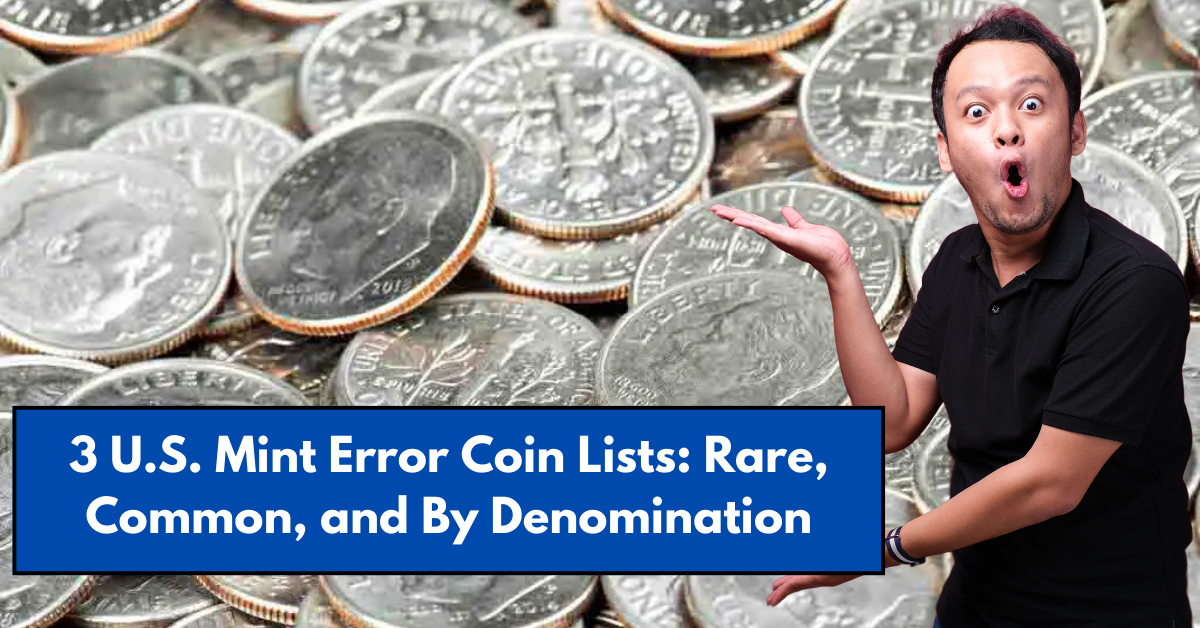Coins that don’t follow the standard manufacturing process at the U.S. Mint are known as error coins, and they can be extremely valuable to collectors. These minting mistakes are fascinating for both seasoned numismatists and everyday coin enthusiasts. Whether you’re an avid collector or simply want to know if you could have a treasure in your pocket, understanding the different types of U.S. Mint errors can be key. This article explores three types of mint errors: rare mint error coins, common mint error coins you might find in pocket change, and mint mistakes by denomination.
1. Rare Mint Error Coins
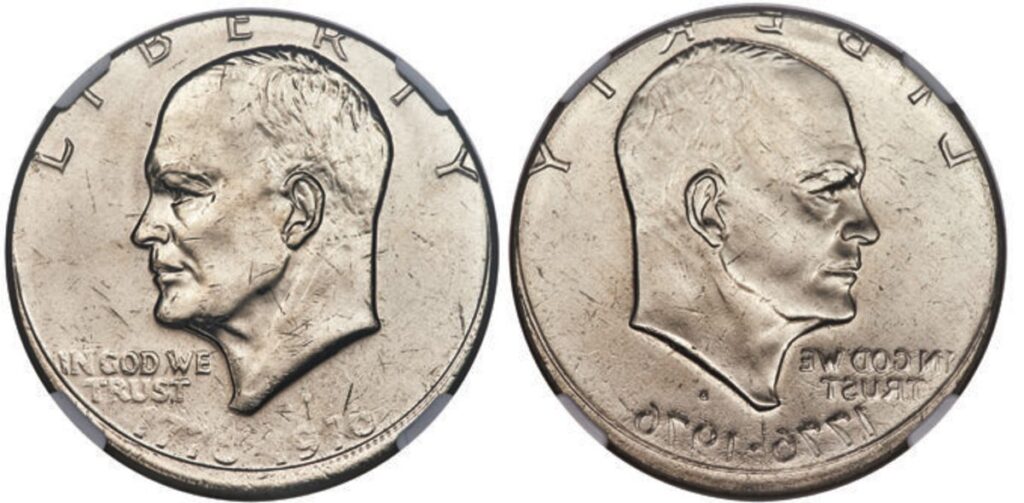
Some mint error coins are so rare that they can fetch millions at auction. These rare mistakes often occur under unusual conditions or involve the wrong materials being used, making them prized collectibles.
1943 Copper Penny:
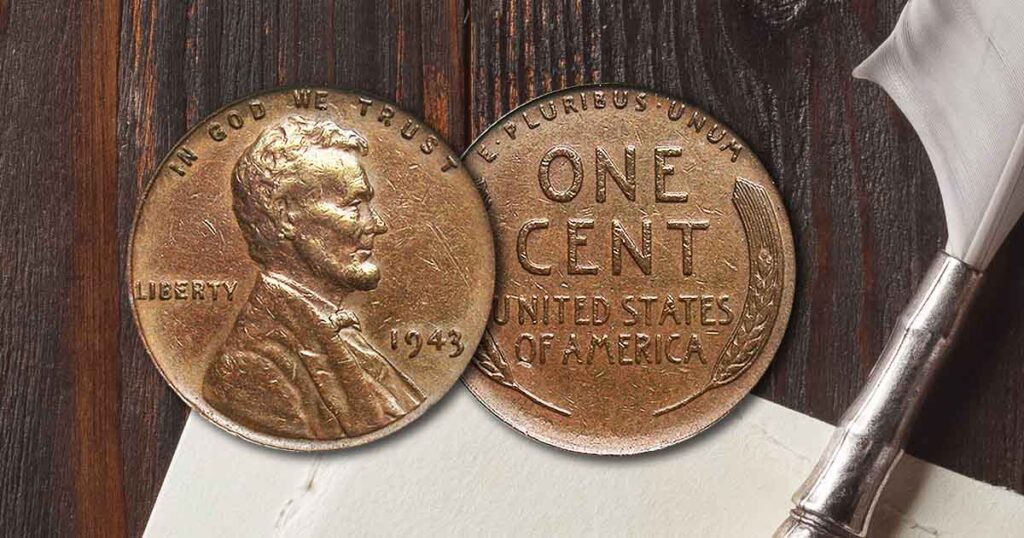
During World War II, the U.S. Mint switched to zinc-coated steel for penny production due to a shortage of copper. However, a handful of copper planchets (blanks) from previous years mistakenly ended up in the minting press, leading to the creation of the rare 1943 Copper Penny. Only a few of these coins exist today, and one was sold for a staggering $1.7 million. If you ever stumble upon a 1943 penny that is made of copper instead of steel, it could be worth a fortune! For more on this coin, visit The U.S. Mint.
1916-D Mercury Dime:
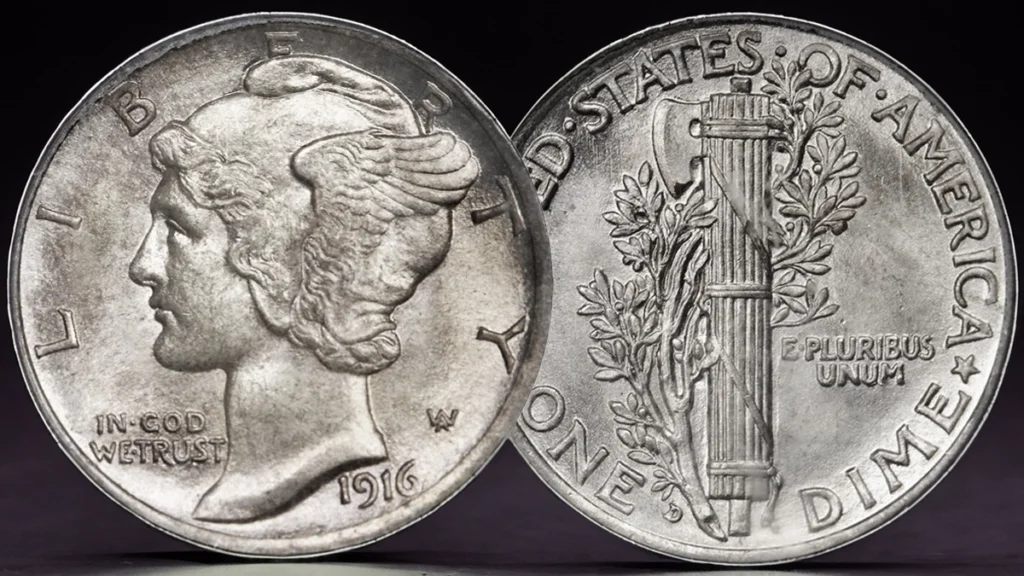
One of the most sought-after error coins, the 1916-D Mercury Dime, was minted in limited quantities, making it extremely valuable. Its rarity, combined with the fact that many of these dimes were poorly struck, makes it an iconic coin in the numismatic world. Depending on its condition, the value of a 1916-D Mercury Dime can range from a few thousand dollars to tens of thousands, with rare high-quality specimens reaching astronomical values. You can read more about this coin on sites like CoinTrackers.
1794 One-Cent Head of 1794 Coin:
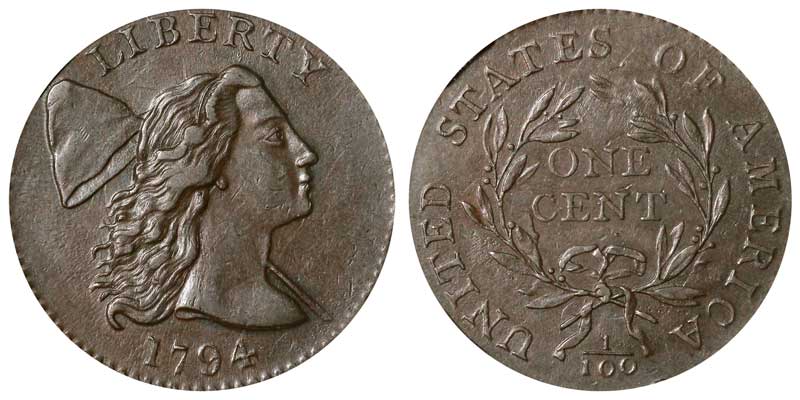
This coin, considered one of the earliest American minted coins, is a historic and valuable error coin. Its defects, such as poor die alignment, add to its uniqueness. In an auction, it sold for over $588,000, making it one of the most expensive early American error coins. This coin is a rare treasure that combines historical significance with a unique minting mistake. More details can be found on CoinNews.net.
2. Common Mint Error Coins You Can Find in Pocket Change
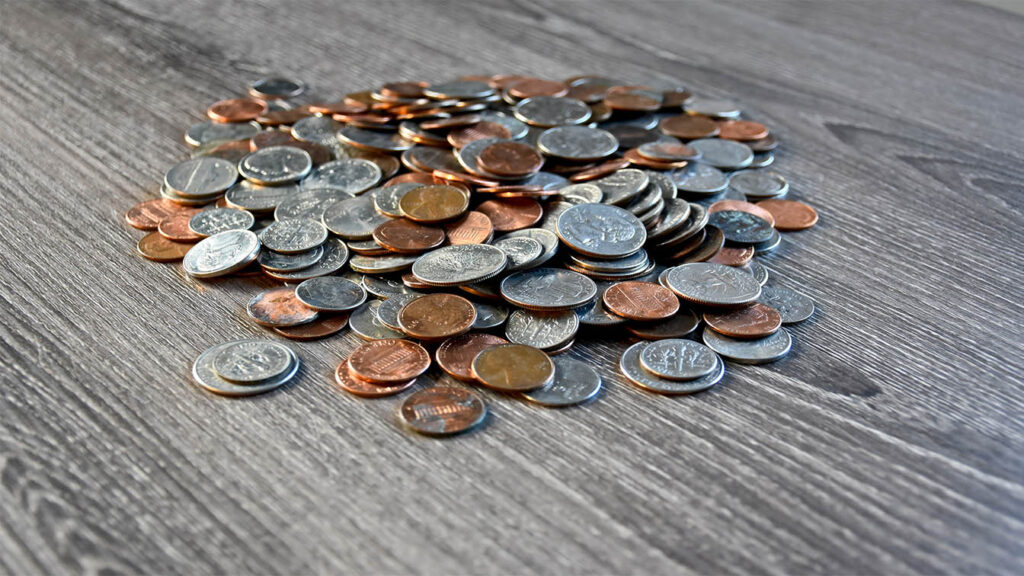
While rare coins make headlines for their astronomical values, many mint error coins are more common and can be found in everyday pocket change. These errors are often the result of routine mistakes during the minting process and may not make you rich, but they can still be worth more than their face value.
Doubled Die Error Coins:
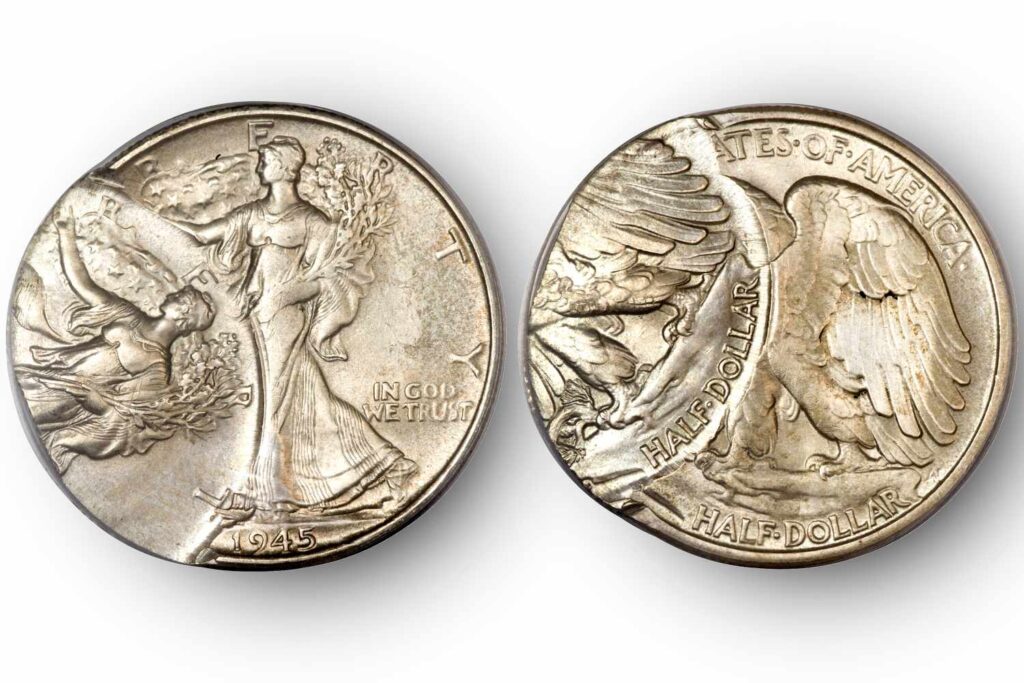
One of the most common errors, the doubled die occurs when a coin’s design is struck multiple times, creating a visible “doubling” of letters or images. The 1955 Doubled Die Penny is a classic example, and well-preserved versions of this coin can be worth over $1,000. If you spot a penny with doubled lettering or numbers, it might be worth checking closer. You can find more about this on US Mint.
Blank Planchet Error Coins:
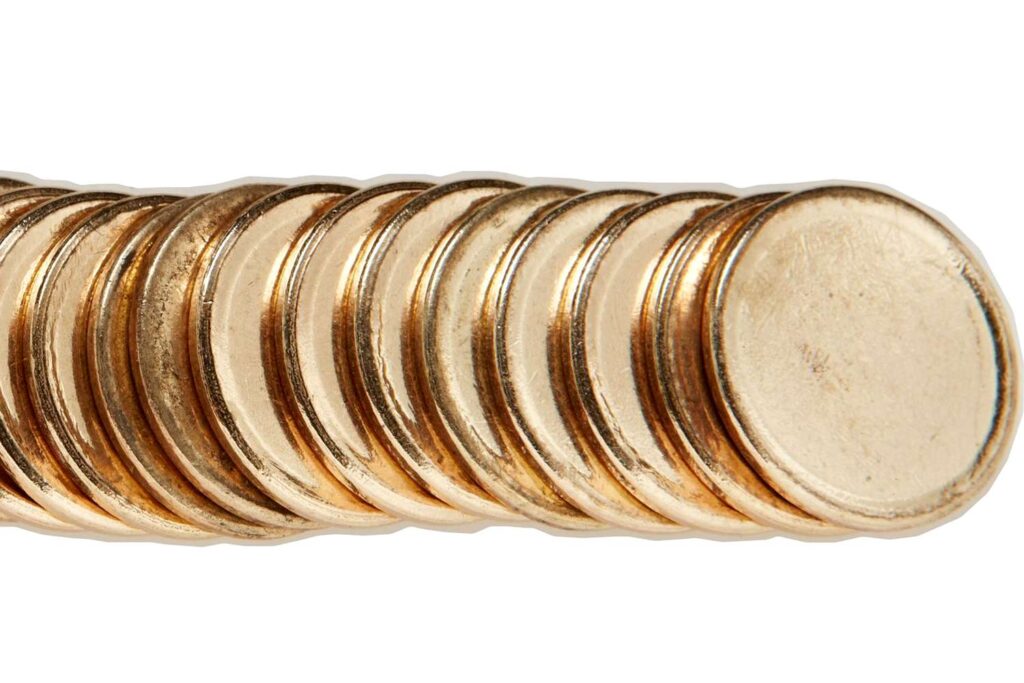
A blank planchet is a coin that has no design stamped on it at all. Sometimes, a coin will be accidentally struck without a design, and these blank planchets are a simple but interesting error. Depending on their rarity and condition, they can be worth anywhere from $10 to $20. Check your pocket change carefully – you might just come across one of these plain, yet valuable coins.
Broadstrike Error Coins:

This error occurs when a coin is struck outside the collar, causing the metal to spread outward. These broadstrikes can be visually striking, with the metal extending beyond the normal coin shape. They can fetch anywhere from $5 to $200, depending on the severity of the error and the coin’s rarity. The U.S. Mint has featured examples of these errors in their educational materials, which you can explore at US Mint Error Coins.
Off-Center Error Coins:
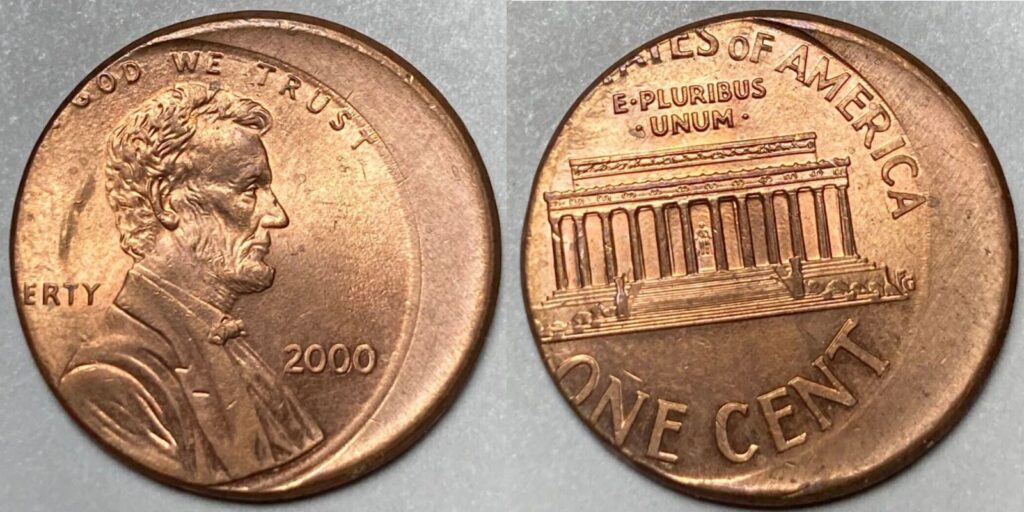
Struck off-center, these coins feature a design that is misaligned with the edge of the coin. The degree of misalignment can vary, with more extreme examples being worth more money. These errors can be found with some regularity, and the value depends on how far off-center the strike is. A coin that is slightly off-center may be worth only a few dollars, but coins with extreme errors can be worth much more.
3. Mint Mistakes By Denomination
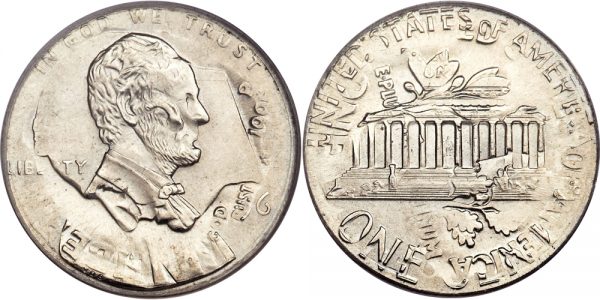
Mint errors can occur in any denomination of U.S. coins. Each denomination has its own unique set of potential errors, which are of interest to collectors. Here’s a closer look at some mint mistakes by denomination:
Penny (1 Cent):

Pennies are among the most common coins to feature errors. Typical mistakes include doubled dies, off-center strikes, and blank planchets. The 1955 Doubled Die Penny is one of the most famous error coins from this denomination. For more information on pennies, visit The U.S. Mint’s Penny Page.
Nickel (5 Cents):
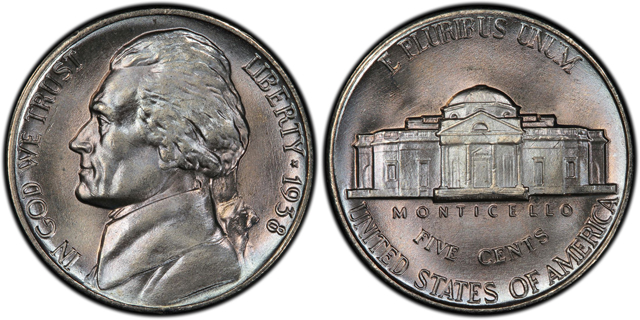
Nickels are often affected by errors such as die clashes or broadstrikes. A 2005 die clash error on a nickel is a notable example, where the coin features an impression of the die from a different coin. Check your nickels for these potential mistakes and see if you have a rare find.
Dime (10 Cents):
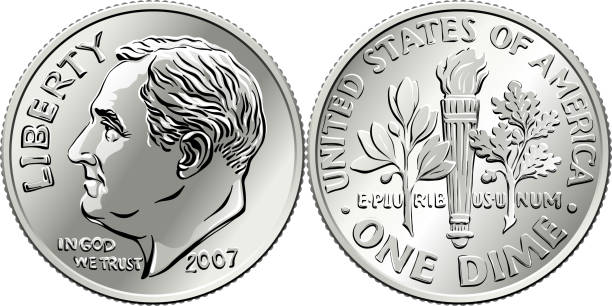
Dimes can feature off-center strikes, die cracks, and sometimes even more rare errors like double dies. The 1916-D Mercury Dime is particularly valuable, as its low mintage and minting errors make it a highly coveted coin.
Quarter (25 Cents):
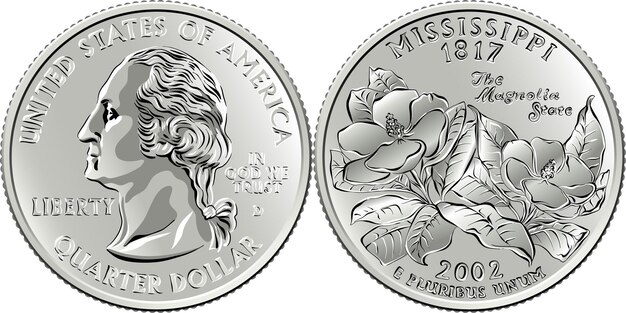
One interesting error in the quarter denomination is the mule error, where two different coin designs are accidentally combined. A 2000 Sacagawea dollar was mistakenly struck with a Washington quarter obverse. These mule errors are rare and often fetch high prices. More about these errors can be found on The U.S. Mint’s Quarter Page.
Conclusion
Mint error coins are fascinating collectibles that can range from relatively common to extremely rare, with some even worth millions of dollars. If you want to start collecting mint errors or simply check your pocket change for hidden treasures, understanding these types of errors is essential. Keep an eye out for doubled die errors, off-center strikes, and other unusual coins, and consider consulting with professional numismatists or coin dealers to authenticate any potential finds. For more information on error coins, you can always refer to the U.S. Mint’s website.
By staying informed and doing thorough research, you can discover the exciting world of U.S. Mint error coins and possibly even find your own piece of history.
This article has been carefully fact-checked by our editorial team to ensure accuracy and eliminate any misleading information. We are committed to maintaining the highest standards of integrity in our content.

Premlata is a seasoned finance writer with a keen eye for unraveling complex global financial systems. From government benefits to energy rebates and recruitment trends, she empowers readers with actionable insights and clarity. When she’s not crafting impactful articles, you can find her sharing her expertise on LinkedIn or connecting via email at [email protected].

